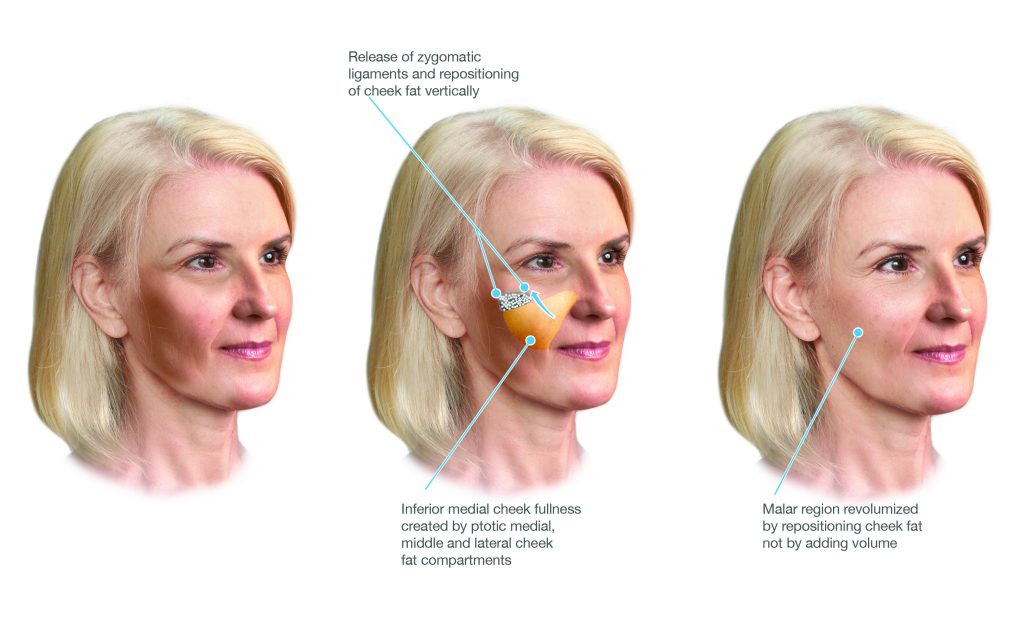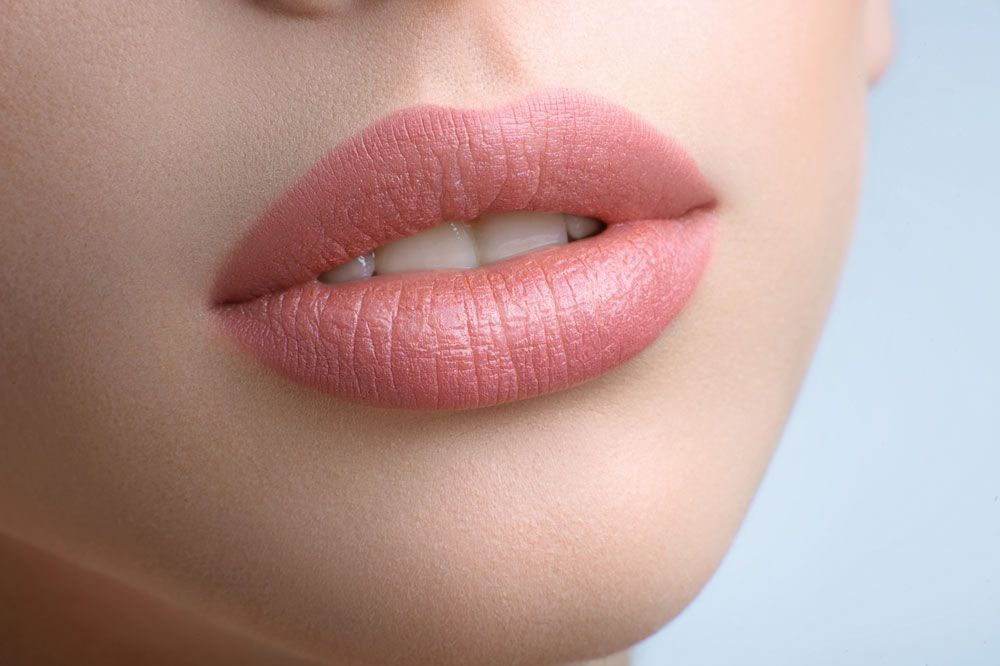
Breast implants cancer is rare, but it can happen. This form of cancer is caused by a long-term inflammatory response due to bacterial contamination. The following article will describe the symptoms and offer treatment options to those who have the condition. These are the options for women who suspect they might have breast implant cancer. Most breast implant patients will not experience any complications, despite the possibility.
BIA/ALCL is a breast cancer involving breast implants
What should you expect if your breast implants are being considered? Breast implants cancer can cause lumps and asymmetry as well as pain. This may be due to BIA-ALCL. It usually develops seven to ten years after the procedure, though it can occur earlier. A mammogram can detect breast cancer but BIA-ALCL may not be.
While ALCL can occur anywhere in the body, it is usually found in the skin or lymph nodes. BIA ALCL is a subtype. It forms around the breast implant and in scar tissue. While surgical removal of the implant may be required in this case, patients can avoid the most severe consequences. If diagnosed in its early stages, the disease is curable.

It's rare
The risk of breast implants is low but there are still risks. However, implants can be associated with certain types of cancer. Implants can cause Anaplastic Large-Cell Lymphoma, which is a rare form. The disease may affect the immune system and can occur years after implants are placed. It is treatable once it has been diagnosed. There are many treatment options. If you feel that your breasts are becoming asymmetrical, painful, or swelling, it is best to consult your doctor.
Although it is not known if breast implants can cause breast cancer, it is possible that implants may be a contributing factor. Women who have implants are urged by the FDA to be aware of this alert. The disease is rare, despite the low chance of developing it. According to the UK health regulator, ALCL can be contracted by one in every twenty-four females. Experts believe that the real rate is closer at eight to ten per cent, although the majority are not diagnosed.
It is caused long-term by an inflammatory reaction to bacteria contamination
It has been implicated with breast implant-associated aplastic large cell Lymphoma. Breast implants can be contaminated by bacteria. This is a continuous process that involves multiple biological pathways. The implants may become benign or pathologic depending on the level of contamination. Breast implants are considered clinically healthy unless infected by bacteria. However, this could change due to an inflammatory response to biologic signaling. A double capsule can form around an implant if it is infected with this bacteria.
Capsular Contracture can result from a prolonged inflammatory response to bacterial infection of breast implants. It is an abnormally small contraction and contracture of the implant's capsule. The most common cause is biofilm, which is a layer of bacteria around implants. Capsular Contracture is more common if there are any infections. Many breast implants are not conforming to medical guidelines and can cause a woman to have a bumpy appearance after breast augmentation.

The treatment options
Breast implants cancer can be treated in a variety of ways, including replacement and removal. These procedures are ideal for women with breast cancer, since they preserve the breast's natural shape. They might not be right for everyone. They should be avoided by women who are pregnant, have connective tissue disease or suffer from diabetes. They also need longer recovery times. Although radiation therapy is sometimes recommended for some patients, it may not be beneficial for others. Breast implants are often curable. But there are many factors you should consider before undergoing breast surgery.
The FDA is investigating breast implant complaints. A higher chance of lymphoma, an immuno system cancer, occurs with breast implants that have rough textures. According to FDA statistics, the risk ranges from 1 in 3000 to 1 in 30,000. The type of textured implant used and its manufacturer may have an impact on the number of cases. For this reason, the FDA does not recommend removing any breast implants.